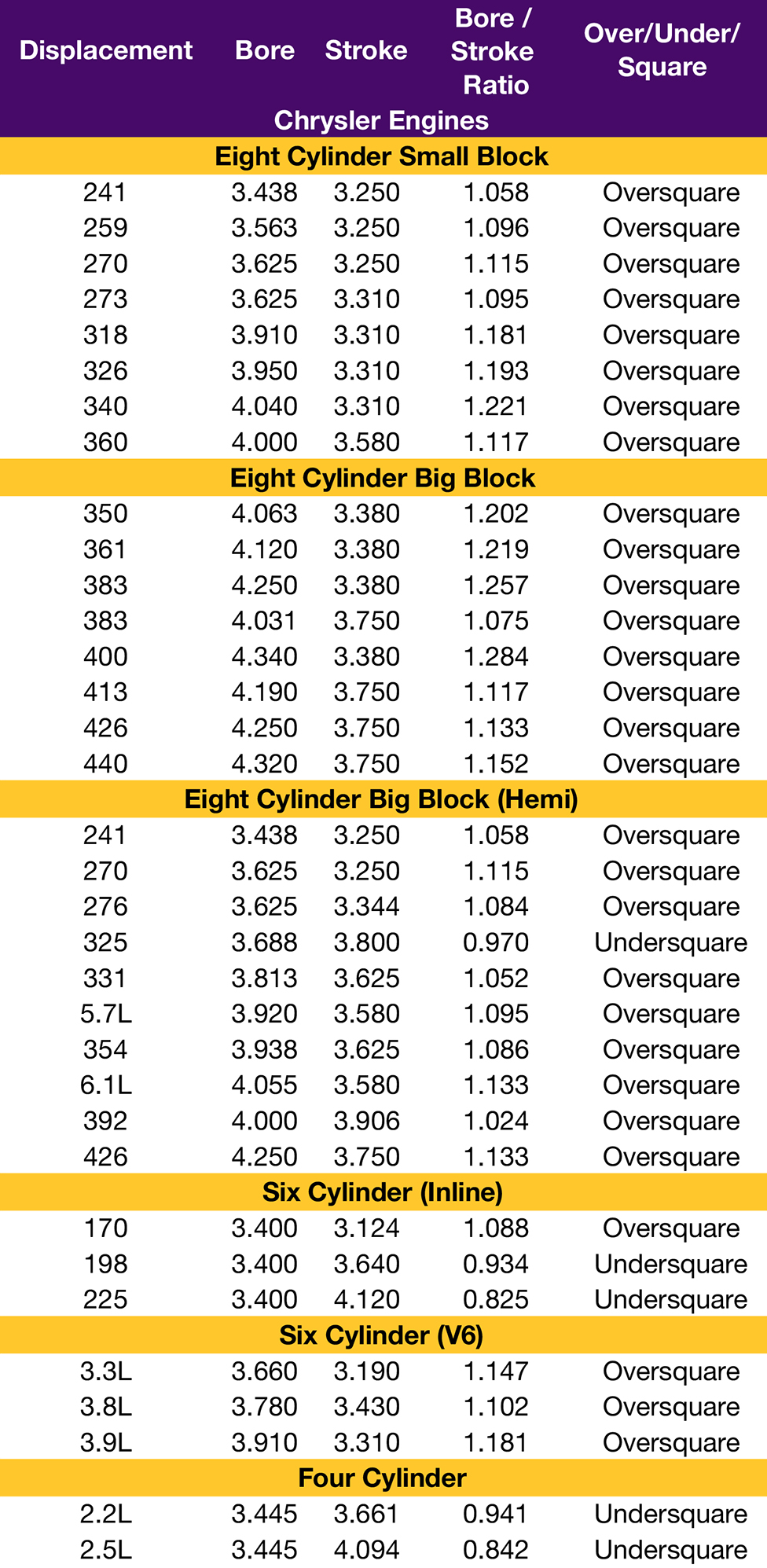Imagine stepping into your dream car, the engine humming with power beneath the hood. You’re undoubtedly aware that the engine’s displacement reflects its potential horsepower, torque, and overall performance. However, have you ever found yourself stumped on how to convert engine displacement from liters to cubic inches? Don’t worry. You’re not alone. This conversion isn’t just a curiosity; it’s a necessary skill for anyone fascinated by the mechanics of automobiles.
Let’s begin our journey into the world of engine displacement, starting with the basic anatomy of engines. Engine displacement measures the total volume of all cylinders in a combustion engine. This volume indicates how much air and fuel can fit inside the engine, thus playing a crucial role in power generation. As enthusiasts of automotive engineering often ponder—how do you quantify this parameter in more familiar units? The conversion from liters (L) to cubic inches (ci) is essential, particularly for those dabbling in classic American cars where cubic inches reign supreme.
But why does this matter? Perhaps you’re eyeing a 6.0L V8 engine, and the prospect of converting it to cubic inches intrigues you. Can you hear the faint whisper of horsepower calling in the distance? Let’s decode this together!
First, we need to grasp the fundamental conversion factor. One liter equals approximately 61.024 cubic inches. Armed with this knowledge, you are now equipped to tackle the conversion process. For instance, when you’re dealing with a 6.0-liter engine, the following arithmetic takes place:
6.0L x 61.024 ci/L = 366.1 ci
Magic happens here, translating a seemingly straightforward metric into a more classic measurement appreciated by many. Thus, a 6.0L engine roughly converts to 366.1 cubic inches. It’s a satisfying realization, isn’t it?
But wait, don’t just rush to the engine bay yet. Understanding displacement not only involves mere numbers; it probes deeper into engine performance, fuel efficiency, and design philosophy. Each displacement figure encapsulates hours of engineering toil and innovation.
Take the V8, for example. This powerhouse engine configuration combines its significant displacement with the right engineering, yielding incredible torque and acceleration. What results from a greater displacement? Generally, more power emerges from the cylinders, but this is counterbalanced by fuel efficiency—higher displacement often means higher fuel consumption. Do you see the delicate dance between power and efficiency?
Moreover, differing manufacturers employ unique engineering feats even within equivalent displacement figures. For instance, the manner in which an engine breathes—its intake and exhaust systems—can significantly affect how power is delivered. Some builders focus on optimizing the airflow, while others may exploit the displacement to generate raw power. Choice of materials, turbocharging, and configuration all play roles. Thus, larger displacement often equates to higher performance, but it’s not solely down to those numbers.
Now, consider the application of these figures. For an aficionado looking to modify their vehicle, understanding engine displacement offers a roadmap. If the goal is to enhance performance, one must tread carefully between tuning and excessive displacement growth. The art of tuning balances extensive engineering knowledge and hands-on prowess. Have you ever thought about what happens when you change components affecting displacement?
For those embarking on such endeavors, keep in mind that adjusting the engine’s bore (the diameter of the cylinders) and stroke (the length of the piston’s movement) can lead to displacement alterations. Increasing either can enhance power but also affect the engine’s design characteristics and longevity. Knowing your target from the jump is crucial.
Yet, this complex equation can lead to confusion. You might wonder: “How do I measure the bore and stroke of my engine?” To find these values, detailed documentation of the engine’s construction remains vital. Alternatively, you can consult with knowledgeable mechanics or utilize precision measuring tools to ensure accuracy in your measurements.
When confronted with such conversions and adjustments, automotive enthusiasts find themselves navigating the rich tapestry of horsepower and torque. This leads to the golden question: does more torque or more horsepower define a great engine? A playful debate among gearheads often unfolds around this topic. After all, horsepower governs the top speed, while torque propels the vehicle forward. So which is superior? The answer lies in your unique driving preferences.
Before concluding our exploration, bear in mind that every engine is an intricate masterpiece designed for specific purposes. Whether it’s a 4-cylinder economic commuter, a thunderous V8 muscle car, or something in between, understanding the essence of engine displacement provides clarity.
In summary, the conversion from 6.0 liters to cubic inches is merely the beginning—a gateway to engage with the intricate world of performance engineering. By knowing how to perform the conversion, you unlock a deeper appreciation for what makes these machines tick. So next time you ponder the engine specifications, consider the multifaceted relationship between measurements, power, and performance. Drive with knowledge, and let the engines roar!
